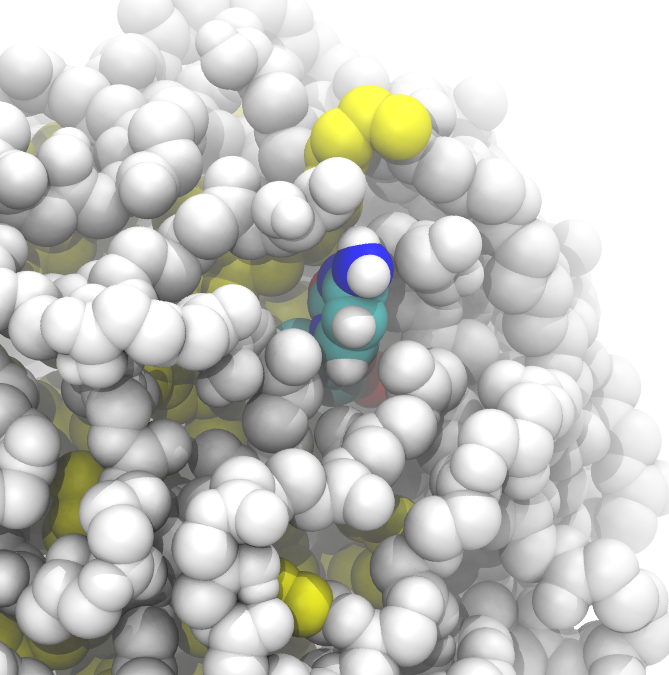
May 15, 2013, by Charlie Laughton
Fighting the flab
As if obesity wasn’t a big enough problem already, it seems that now it’s affecting drug discovery as well.
As Mike Hann of GSK has pointed out1, the is a growing tendency for medicinal chemists working in pharmaceutical drug discovery to come up with ‘fatty’ molecules – ones that literally contain many of the same building blocks as the fats and oils in our bodies. While this leads to them having some attractive properties at first sight, Mike (and plenty of others now) has pointed out that this just means problems later on in the drug development process.
In particular, just as oil and water don’t mix, these new potential drug molecules don’t dissolve well in water – which is a pretty much essential property if you ever want them to be given to patents in the form of tablets (pill or injection – which would you prefer?). While the ideal solution is to put all our new molecules on a diet, the reality is that companies need to try and rescue molecules that they have already invested heavily in, and which have lots of potential benefits if only they can be made to water-soluble.
So this is where the pharmaceutical scientists are stepping in, including ourselves. It’s been discovered that one of the ways you can sometimes improve the solubility of a drug (or to be more technically accurate, increase its oral bioavailability) is to mix it with a biologically degradable polymer. But the key word there is ‘sometimes’ – because at the moment we just don’t know enough about the science behind what goes on when we mix drugs and polymers to be able to do this every time. So we may find that drug A only works well when mixed with polymer X, and drug B only when mixed with polymer Y, and we can’t find a polymer for drug Z at all.
Here at Nottingham we are now working, in association with a couple of major pharmaceutical companies, on putting some hard science behind this polymer-drug compatibility issue, because if we really understood what is going on – at a molecular level – we could in the future be in the position to ‘dial a polymer’ for each new overweight drug that comes along.
I’m happy to say that it looks as if computer modelling, my research specialism, will have a particularly important role to play in this process. So more about that next time.
1. Molecular obesity, potency and other addictions in drug discovery. Michael M Hann. Med. Chem. Commun., 2011, 2, 349-355.

Great blog!
Thanks Lianne – my very first post so positive feedback is very welcome!
So if you are modelling drug molecules with polymer molecules in the presence of water, is this done using molecular mechaics programmes such as AMBER, or do you go down the semi-empirical route?
My plan is to talk a little about the methods of modelling these types of systems in my next blog post; you are right that it turns out that molecular mechanics is the way to go – but even then it’s only with the very latest generations of supercomputers that it has become a do-able thing.